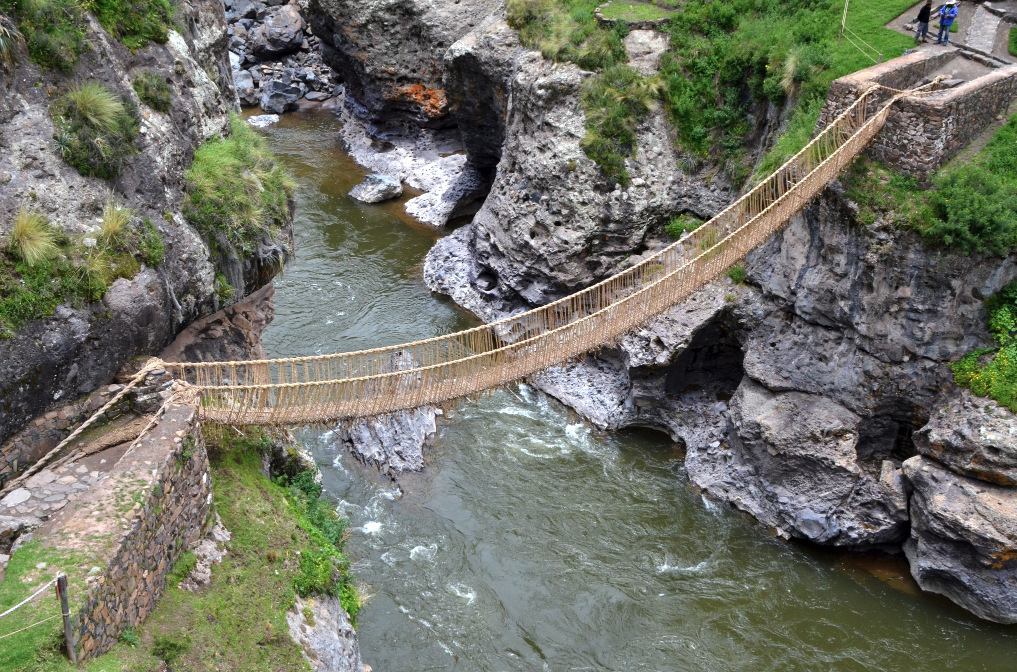Scientists have uncovered an ancient “lost world” beneath the ice of Antarctica a landscape 80 million years old that resembles Patagonia or a tropical forest.
For more than 34 million years, Antarctica has been covered by a massive ice sheet. However, a groundbreaking discovery by researchers from Durham University in the United Kingdom is reshaping our understanding of this frozen continent.
What the Scientists Found
Using radar data from multiple geological missions, researchers revealed an ancient landscape beneath the eastern part of the continent—formed 80 million years ago, when Antarctica was still ice-free.
The study uncovered vast, flat plains once shaped by rivers, revealing a dramatically different past for the continent. Experts identified 31 distinct flat regions covering roughly 40% of East Antarctica’s coastline. “It is one of the most mysterious geological formations on Earth—or perhaps anywhere else in our solar system,” said Dr. Guy Paxman, lead author of the study.
A Landscape from Another Era
Scientists explain that the climate at the time may have resembled today’s Patagonia—or, if we go further back, a tropical environment. The entire region is like a “lost world” that has remained largely untouched for tens of millions of years. “What we find today beneath the ice is a remarkably well-preserved imprint of the past a window into another world,” added Professor Stewart Jamieson.
Connection to Climate Change
The significance of the discovery extends beyond geological curiosity. Researchers observed that the ice covering these flat areas moves much more slowly than in other regions.
This is critical because Antarctic ice loss is accelerating due to global warming. Understanding how geological formations interact with ice movement allows scientists to make more accurate predictions of future sea-level changes.
Why It Matters to All of Us
If East Antarctica begins to melt at faster rates, global sea levels could rise dramatically. This new study provides a crucial tool for forecasting these changes and taking timely measures.
The research was published in Nature Geoscience and has already attracted significant attention from the international scientific community.







